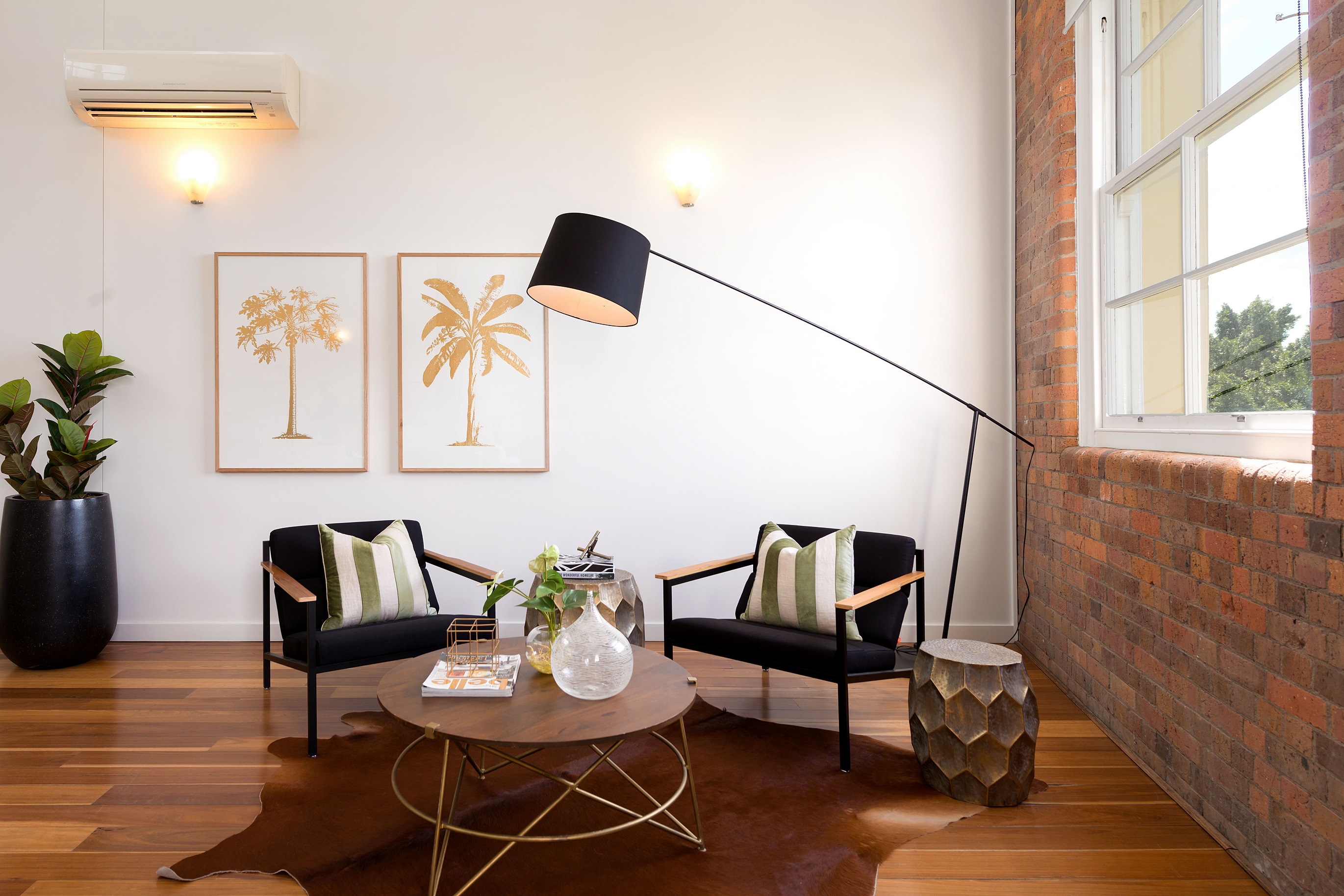During the intervening years, the meandering muddy banks of the Brisbane River have been transformed into Australia’s fastest-growing capital city.
Back in 1823, with his colonial clairvoyance, John Oxley envisioned it as much.
As fate would have it, in December that year, the then Surveyor-General of NSW sailed into Moreton Bay looking for a place to form a new penal settlement and happened upon the convict castaways.
They let slip that there was a wide slow-flowing stream in the vicinity and Oxley persuaded one of them to guide him up it.
He named the serpentine waterway after Sir Thomas Brisbane, the then Governor of NSW, astutely declaring that it “promises to be of the utmost importance to the Colony”.
Two centuries later, much has changed and much more is expected to change in the lead-up to the city hosting the 2032 Olympic Games, and beyond.
On the river’s edge, concrete and steel have replaced what one convict consigned to the then new penal colony described “as though some race of men had been here before us, and planted this veritable garden of Eden”.
And the city of more than 2.5 million people and counting rising from its banks has become progressively divorced from its principal watercourse.
With mounting pressures on the need for densification, however, the importance of the “brown snake”—as it is affectionately known by locals—in the future growth trajectory of the city is being revisited.
“Obviously, there has been a lot of hype in Brisbane over the past couple of years with the announcement of the Olympics, which we know will be a catalyst for a lot of other redevelopment within the city,” Aspect Studios director Katherine English says.
“There’s a lot of talk about the stadium, the sporting venues and the really big pieces of infrastructure that are important over the next 10 years … and balancing that with all the housing crisis and the need to fit more people into our city.
“But we just can’t forget that open space is one of those critical pieces of infrastructure that's needed for growing cities.”
The urban design and landscape architecture studio has recently released a 12-page document entitled The River Rethink: A Proposition to Renew the Brisbane River.
It outlines a way of rethinking the river as a means to “reconnecting it to the daily lives of the people who live near it”.
“Sometimes, usually in tourist pamphlets and in-flight magazines, Brisbane is called the River City—a moniker that gestures toward the city’s uneasy relationship with an eponymous body of water that is treated both as a spectacular natural asset and capricious enemy,” it begins
“While the Brisbane River is loved, our city has not been designed to express that love.
“On the whole, there are few opportunities for Brisbanites to engage with their river. In the most egregious instance, the Riverside Expressway separates pedestrians in the city centre from the water entirely. Elsewhere, industrial buildings have been built right up to the water’s edge.”
Indeed, life is far less connected to the river than it was for early settlers, who, up until a series of shark attacks in the 1840s, bathed in its then much clearer depths.
Subsequently, the safer confines of floating swimming baths became a feature of the river. But by the late 1920s they had all but disappeared, many of them destroyed by surging floodwaters.
In its river renewal proposition, Aspect Studios observes: “As Brisbane has grown, the river has been treated like something that needs to be contained. With each inevitable flood, it becomes clearer that this tactic is ineffective. And these mistakes become costlier with each rainy season”.
“If you think back as recently as the latest floods [in early 2022] the edges of the river are not as resilient as what they could be if development was more considered,” English says.
And she says although recent developments such as Howard Smith Wharves and Dexus’s Waterfront Brisbane project were providing great opportunities for reconnection to the river, rethinking the river as a system also “needs to feed through to all the development that then happens along its edge”.
English points to the concept of the “sponge city”—an approach increasingly being embraced to build resilience amid rapid urbanisation and climate change-related increased frequency and severity of extreme weather events.
The concept involves removing concrete and replacing it with more permeable green space—including the creation and restoration of wetlands, mangroves and naturalised creek beds—so that water during times of flooding “has somewhere to go”.
“As the city grows and we add more houses and densify, the more purposeful open space we can create that serves dual functions for both people and the environment is very critical,” she says.
“Too often the river is treated like a barrier that cleaves the city in two,” it says. “While river transport systems do exist, they are not oriented to mass public transit or active transport.”
Extra ferry terminals along both the eastern and western reaches of the river are part of its proposition, creating a catalyst for new open space and other projects along the river’s edge.
One of Aspect’s more ambitious ideas is for an airport ferry shuttle and terminal at the mouth of the Brisbane River, not too far from the proposed athletes village at Northshore Hamilton that will host 10,000 athletes and team officials.
“Looking forward to something like the Olympics, you can imagine how amazing that would be as a visitor … a slow but interesting journey that really gives an understanding of the concept of the River City and what it means to locals,” English says.
Yuri Dillion is the founder and creative director of Liquid Blu, a Brisbane-based architecture firm specialising in aquatic environments.
He agrees the so-called River City needs to lift its game in the water department, particularly on the edge of its greatest natural asset.
“There have certainly been projects that have brought us back to the river’s edge but we probably don’t utilise it as well as we could, not like other cities do.
“Particularly for a city of two to three million people and growing, we are way behind the times.”
Melbourne’s Greenline Project spans 4km through five precincts from Federation Square and Melbourne Park to the Bolte Bridge. It includes promenades, parks, open spaces, cultural spaces, native planting and environment renewal.
Meanwhile, work is under way on a major transformation of the Parramatta River foreshore as part of a plan to revitalise Sydney’s second CBD, including a “rewilding” strategy to bring back greenery and native vegetation.
Dillon says that in the past five years private developers also have started to realise there is “a lot of currency with putting in very high quality public realm”.
“There has been a lot of talk about public realm becoming the new anchor tenant and developers are onto that. But you’ve got to have a centrepiece and there’s nothing better than water as a centrepiece.
“Water is such a large part of Australian culture and identity. As an Australian, you just grow up around water—about 70 per cent of the population lives on the coast. It’s just such a big part of what we do.
“So in terms of the river, I think it’s all about providing an opportunity for us to reconnect with that … bringing different modes of active recreation to the natural environment.
“Ultimately, what we want is to create a lifestyle and we want people to come here and live here. The way to do that is by creating more of these types of spaces … and you can do anything in them.”
Not surprisingly, Dillon has a few ideas of his own—including resurrecting the Brisbane River’s floating baths of days gone by.
“The idea of being able to be connected with the river and actually in water—obviously not necessarily water from the river—I think just would provide that next level of engagement and bring that experience back to people.”
He also believes the banks of the Brisbane River also would be perfect for a surf park as part of a larger precinct.
“There’s definitely a possibility for one of those. As the third biggest city in Australia there’s room for it in the market and enough people to support it.”
Dillon adds that development always occurs around public realm and active lifestyle assets “because people just want to be there”.
“And obviously in Brisbane you’ve got this natural feature that moves through there so it’s kind of pretty perfect.”
Aspect Studio’s Katherine English notes: “When you fly into the city, you fly directly over the river or the mouth of the river. It’s one of the first distinct natural features of Brisbane that people witness and then to be able to engage with it on your feet as well, that’s pretty special.
“But there’s so much more that we could be doing to benefit that connection to the city’s defining geographic feature and that will continue to be really crucial as the city grows.”
*This post was originally published on [+] From Division to Unification, Brisbane Reconsiders its River (theurbandeveloper.com)




